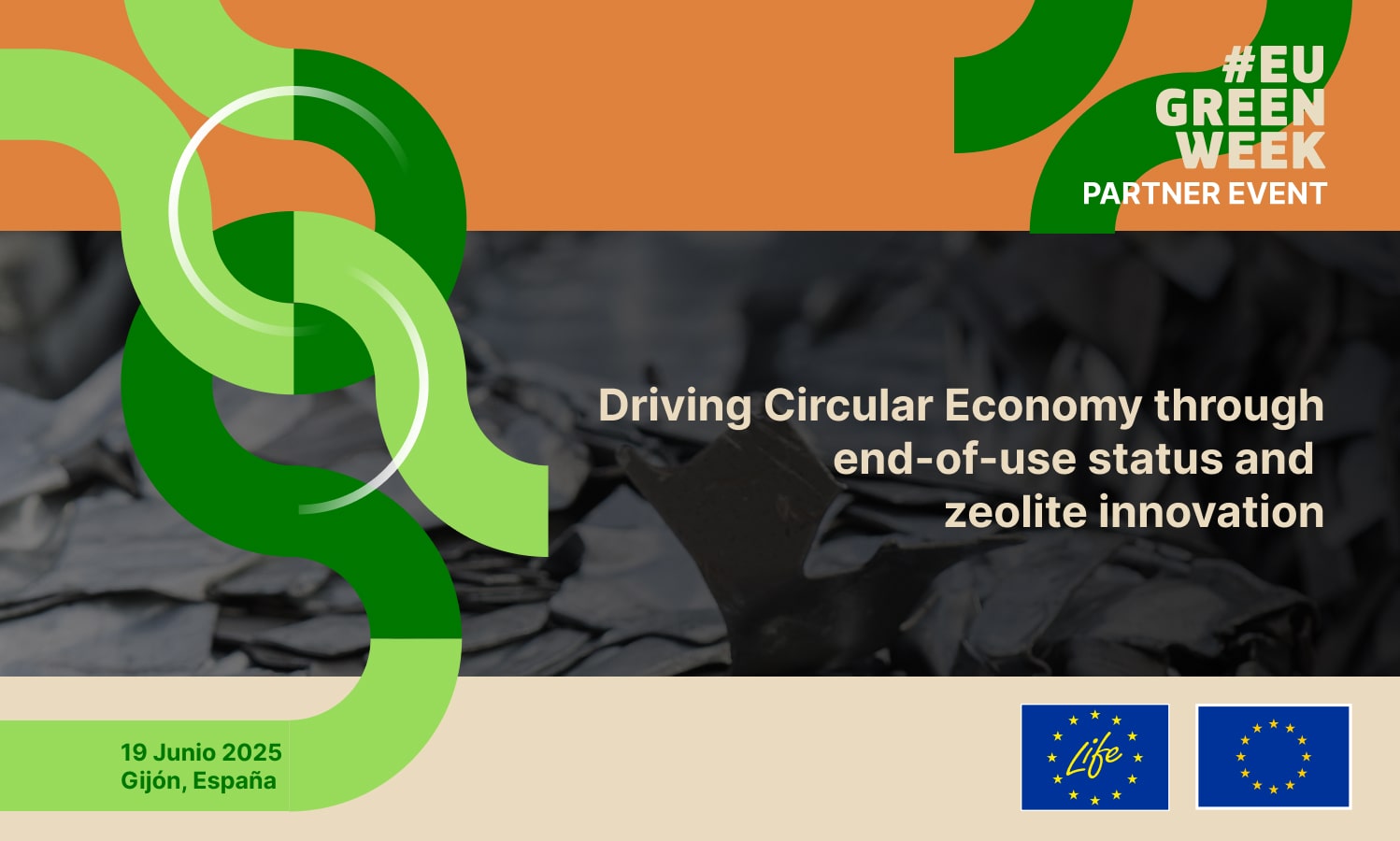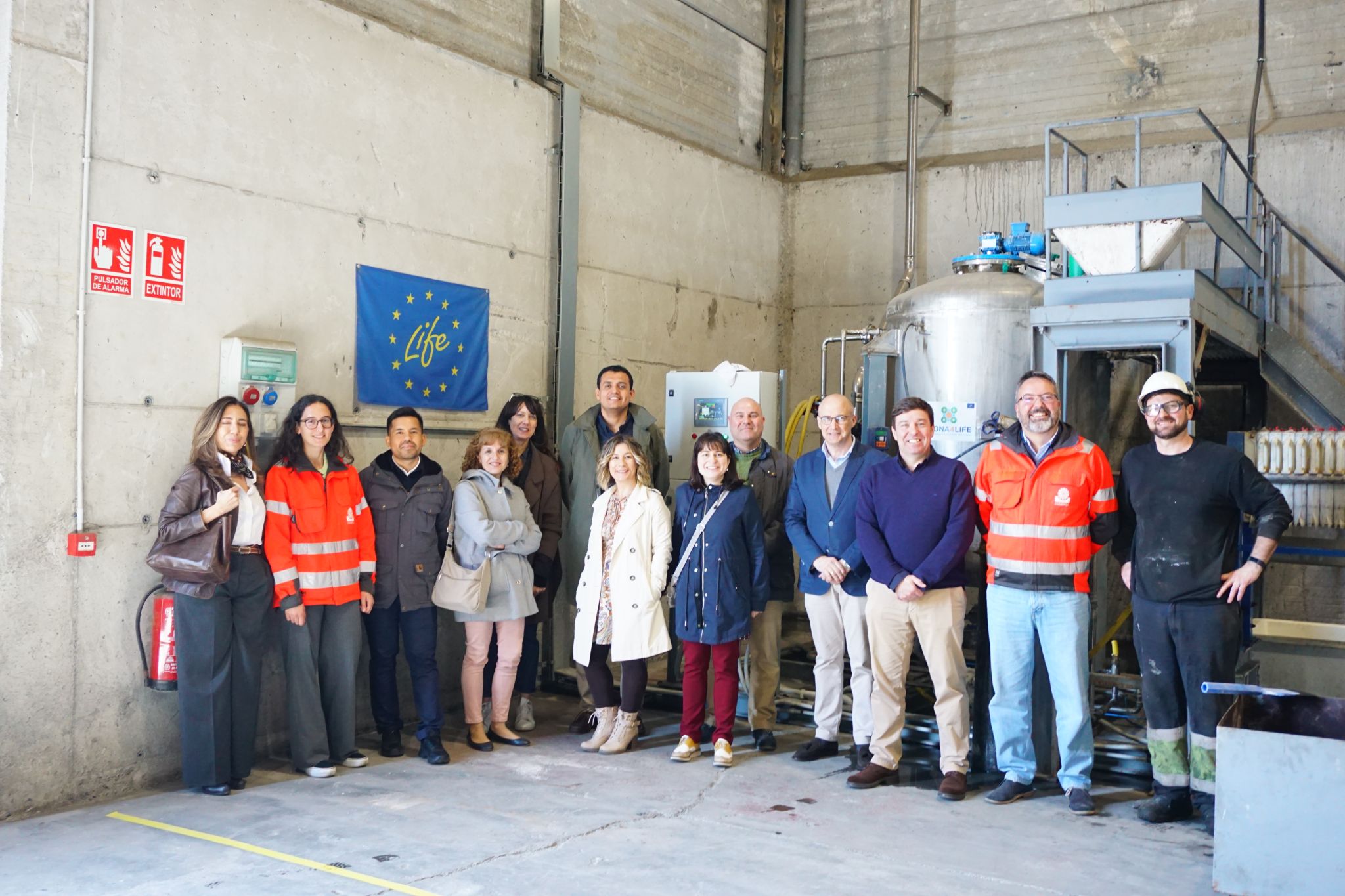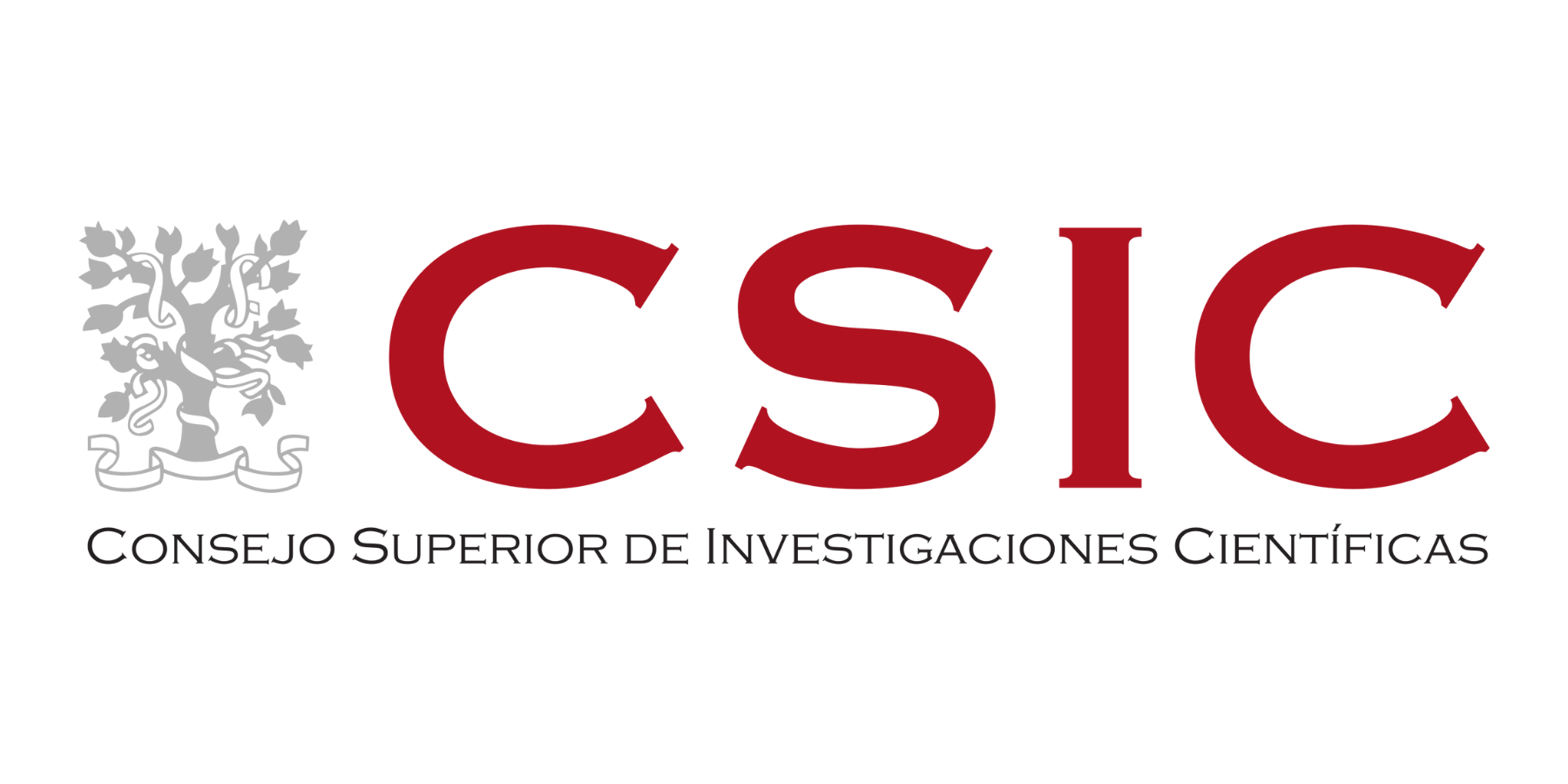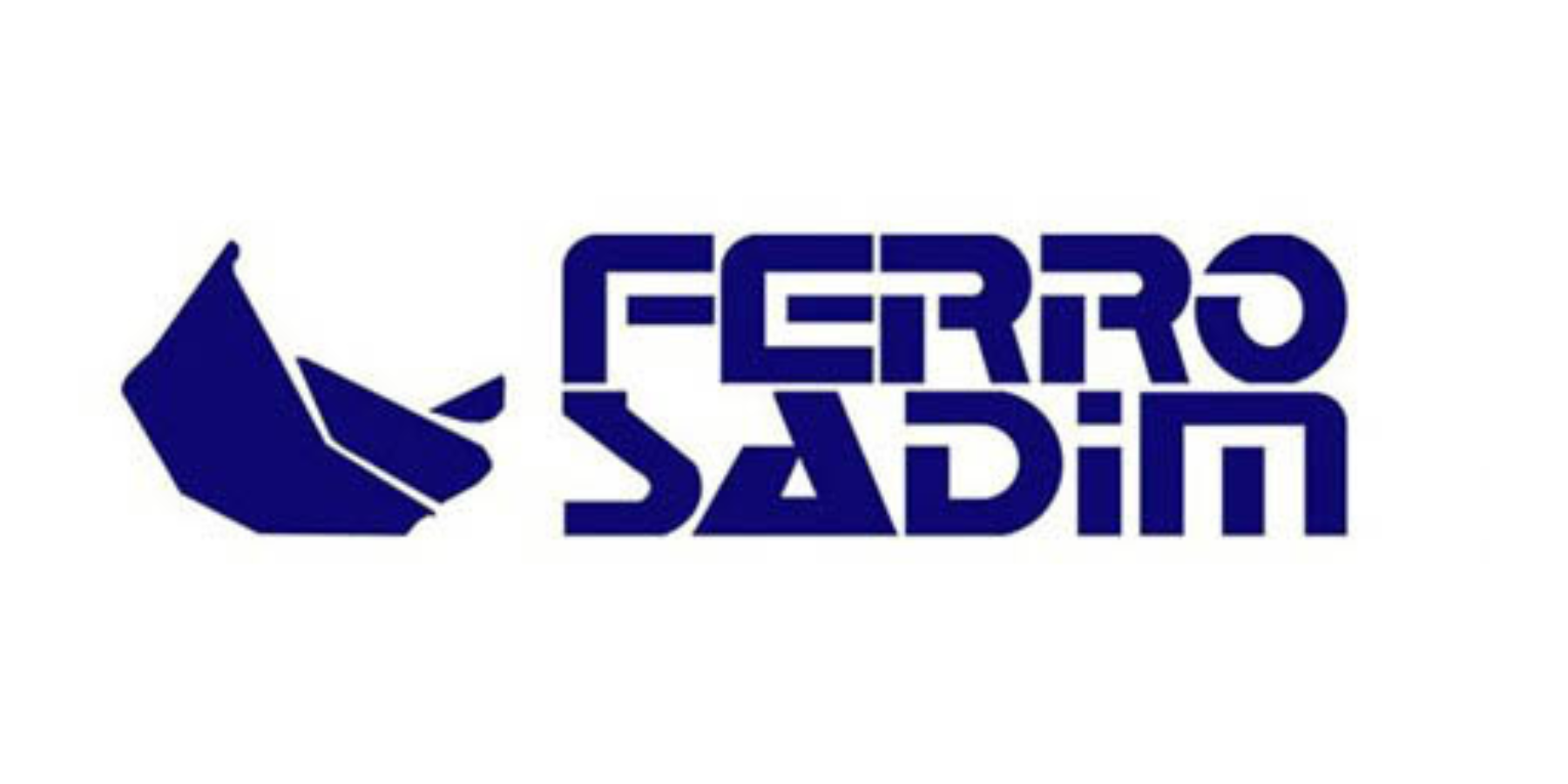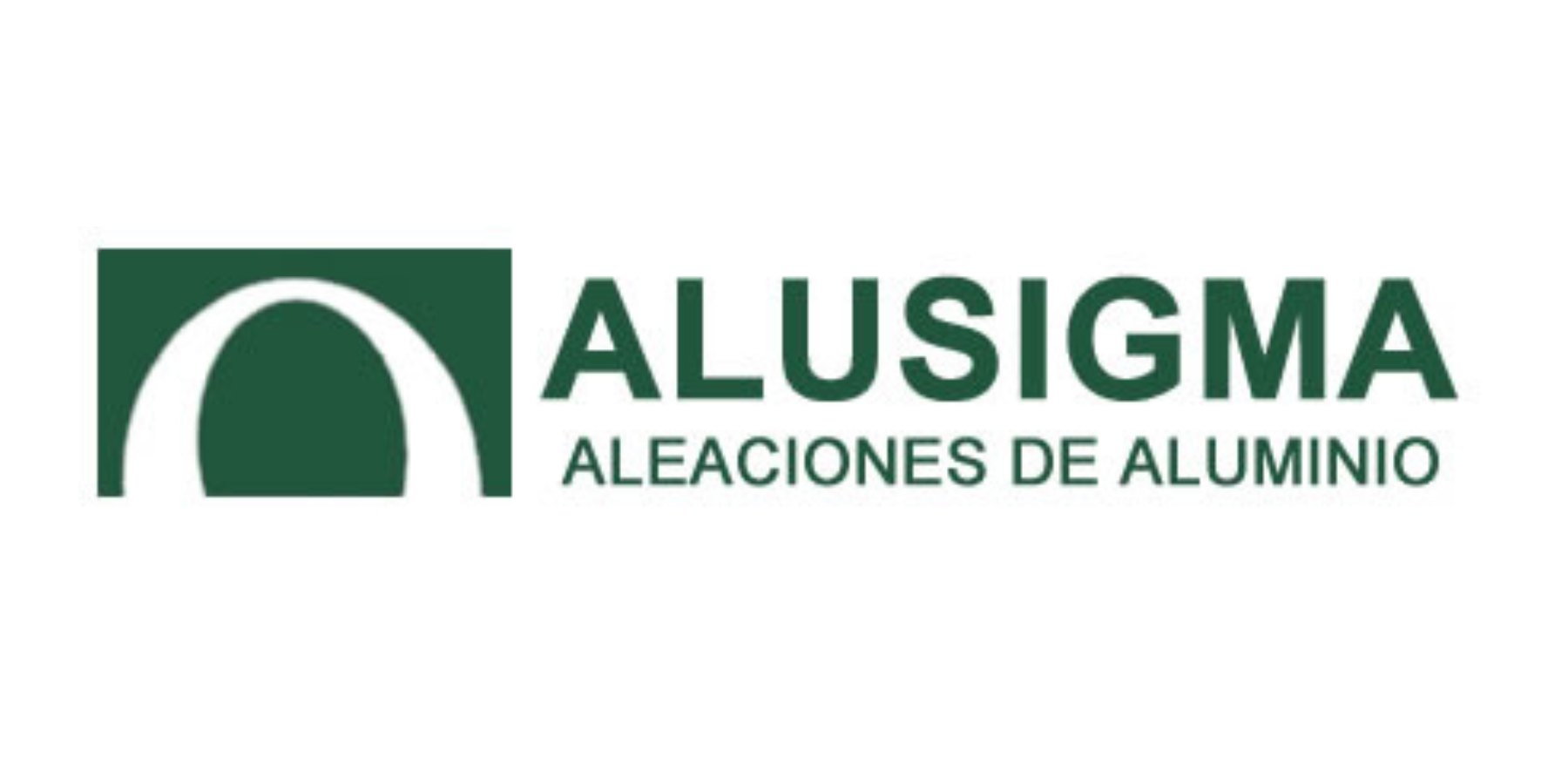
Aluminium Foundries Circularity via Holistic Zeolite Production for Effluents Depuration
The main goal of the Z-ONA4LIFE project is to show, on a pilot scale, that making synthetic Z-ONA zeolite is a practical and cost-effective technology.
This process helps make better use of aluminium waste and Si-rich waste, making aluminium foundries more circular.
The project aims to create a nearly waste-free process by recovering valuable by-products and recycling the process water.
Chosen for its global industry relevance, aluminium salt slag, requires treatment before disposal due to its hazardous nature and limited recovery options. Si-rich wastes also lack definitive recovery methods, presenting management challenges.
Z-ONA zeolite from aluminium slag offers a promising solution without complex systems. Scaling up at a pilot plant level is critical for industrial implementation, while the near zero-waste process allows valuable by-product recovery.
Z-ONA zeolite treats polluted effluents in different scenarios: gas flow cleaning, challenged wastewater depuration from waste treatment plant, livestock slurry treatment, and mining wastewater depollution. Moreover, to achieve near zero-waste, spent zeolite enhance composting, and gases produced are recovered for commercial purposes.
Z-ONA4LIFE aims for realistic implementation of innovative technology at a marketable scale. It does so by demonstrating scalable Z-ONA zeolite manufacturing on a pilot scale. Z-ONA4LIFE implements an effective dissemination strategy to ensure project results exploitation, wide replication and reliable sustainability plan.
Z-ONA4LIFE: Advancing the Circular Aluminium Foundries Concept
Circular economy is an economic model that aims to minimise waste, optimise resources, and promote continuous reuse and recycling, creating a sustainable and regenerative system.
Z-ONA4LIFE is based on this model to develop innovative technologies and sustainable practices to efficiently utilise and repurpose aluminium salt slag, promoting circularity in the aluminium industry.
Curious to know how we can achieve that? Unveil the steps to make aluminium foundries circular!

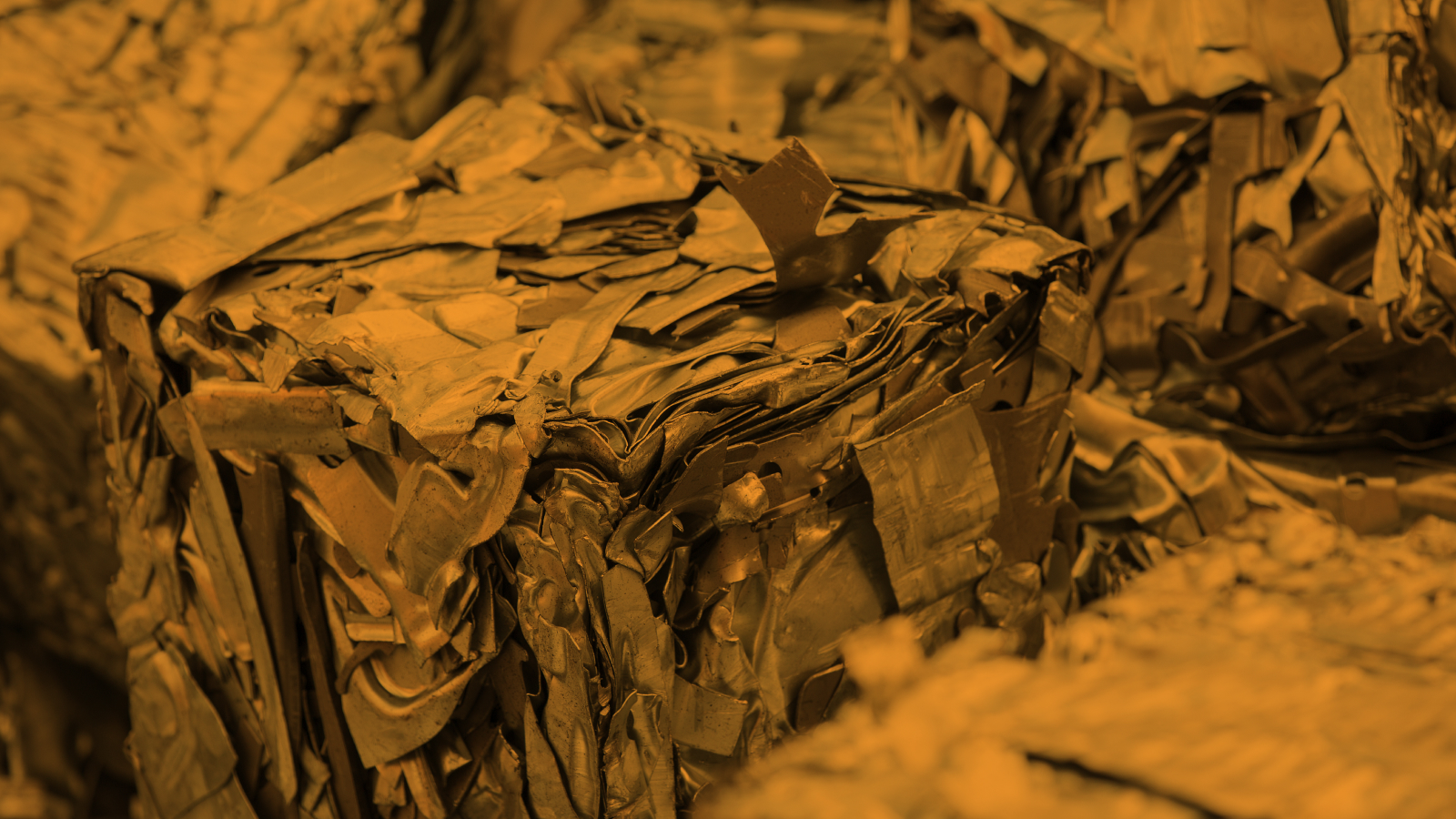
Environmental impact
- Enhancing waste management through better waste collection, storage, recovery options, and end-of-life disposal practices.
- Promoting resource reduction and facilitating the shift to a sustainable, circular, toxic-free, energy-efficient, and climate-resilient economy.
- Reducing emissions of pollutants to air.
- Protecting the quality of soil, preventing its degradation.







